





Do you have a question about the Cisco Nexus 9000 Series and is the answer not in the manual?
Defines the target audience for this publication.
Explains formatting conventions used in the document.
Lists other relevant Cisco Nexus 9000 Series documentation.
Provides contact information for providing feedback on the document.
Guides users on how to get documentation and submit service requests.
Summarizes new and changed features for the specific release.
Introduces Cisco's IP fabric solution for the media industry.
Details the Cisco Nexus 9200 Series switches used in the IP fabric.
Describes the spine-leaf topology of the IP fabric for media.
Explains how the IP fabric handles link failures.
Lists the advantages of using Cisco's IP fabric for media.
Guides on selecting and sizing leaf switches for the IP fabric.
Explains how to calculate the number of achievable flows in the fabric.
Lists the requirements before configuring the IP fabric.
Outlines guidelines and limitations for the IP fabric solution.
Details the steps to configure the Network Bandwidth Management (NBM) feature.
Explains how to configure Precision Time Protocol (PTP) for media.
Provides a practical example of configuring the IP network for media broadcast.
Lists related documents for further information on IP fabric for media.
Defines the target audience for this publication.
Explains formatting conventions used in the document.
Lists other relevant Cisco Nexus 9000 Series documentation.
Provides contact information for providing feedback on the document.
Guides users on how to get documentation and submit service requests.
Summarizes new and changed features for the specific release.
Introduces Cisco's IP fabric solution for the media industry.
Details the Cisco Nexus 9200 Series switches used in the IP fabric.
Describes the spine-leaf topology of the IP fabric for media.
Explains how the IP fabric handles link failures.
Lists the advantages of using Cisco's IP fabric for media.
Guides on selecting and sizing leaf switches for the IP fabric.
Explains how to calculate the number of achievable flows in the fabric.
Lists the requirements before configuring the IP fabric.
Outlines guidelines and limitations for the IP fabric solution.
Details the steps to configure the Network Bandwidth Management (NBM) feature.
Explains how to configure Precision Time Protocol (PTP) for media.
Provides a practical example of configuring the IP network for media broadcast.
Lists related documents for further information on IP fabric for media.
| Category | Switch |
|---|---|
| Operating System | Cisco NX-OS |
| Layer Support | L2, L3 |
| Virtualization | VXLAN, Virtual Routing and Forwarding (VRF) |
| Management | CLI, SNMP, REST API |
| Features | ACI |
| Latency | Sub-microsecond |
| Power Supply | AC/DC options, Hot-swappable |
| Security Features | ACLs, TrustSec |
| Port Speeds | 1-Gigabit Ethernet, 10-Gigabit Ethernet, 25-Gigabit Ethernet, 40-Gigabit Ethernet, 100-Gigabit Ethernet |
| Form Factor | Modular |
| Redundancy | Yes (Power, Fan) |
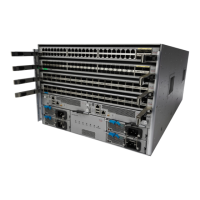
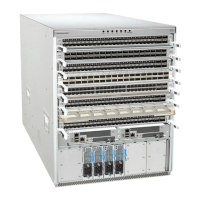
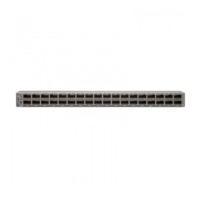


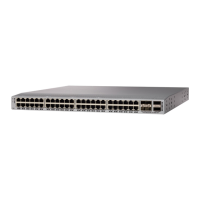


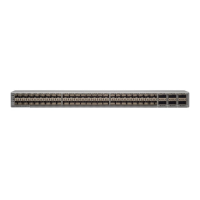
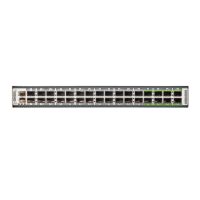
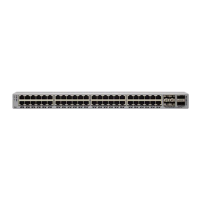

